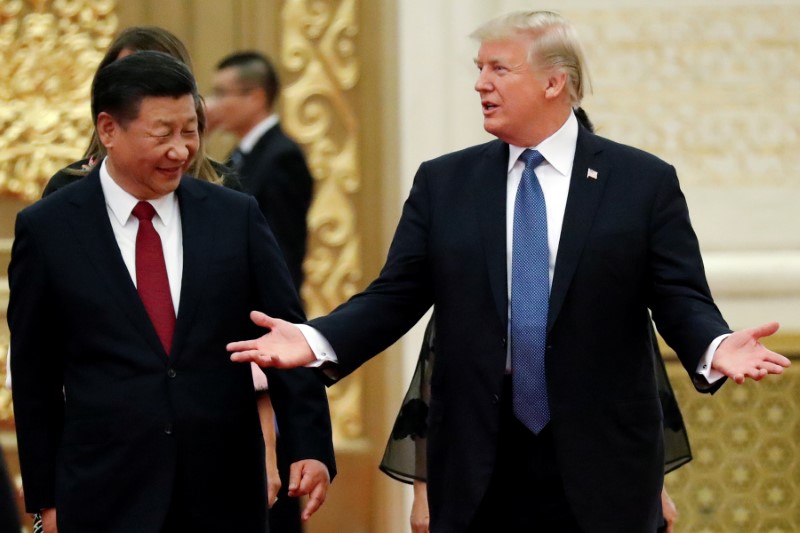Investing.com -- The dollar was quiet in a narrow range against most currencies in early trading in Europe Friday as markets await the outcome of the G20 meeting in Osaka, looking for signs of rapprochement between the U.S. and China.
The key event will be a bilateral meeting between Saturday morning in Japan between the U.S. and Chinese presidents Donald Trump and Xi Jinping, which will give a degree of clarity over whether the trade dispute between the two will be ratcheted up or down over the rest of the year.
The dollar has drifted lower against most currencies this week, with the Aussie, Kiwi and Loonie all gaining over 1% against it, reflecting a modest revival in risk appetite on hopes that the next planned round of U.S. tariffs on imports from China will be postponed.
“The extent of USD weakness will ultimately depend on any concrete signals coming out of Osaka this weekend vis-à-vis trade discussions,” said BNY strategist John Vells. “A total collapse of any kind of constructive posture between the two protagonists could see a return to risk selling and upward USD pressure.”
Analysts warn that the yen could also surge again if relations between the world’s two biggest economies are seen to be breaking down.
“What’s come out fresh over the past week as a catalyst to push dollar-yen toward 100 is the geopolitical risk over Iran,” Daisuke Karakama, chief market economist at Mizuho Bank Ltd. in Tokyo, told Bloomberg. “If war breaks out in the worst case, that would typically push the dollar lower.”
The yen was flat at 107.66 to the dollar, having lost over 4% since late April as the U.S.-China trade dispute has heated up.
In Europe, the spotlight will likely fall later on consumer inflation data out of various Eurozone states. Data from Germany and Spain on Thursday gave a mixed picture, although the European Commission’s monthly roundup of business and consumer sentiment was overwhelmingly gloomy.
European Central Bank President Mario Draghi has said that further stimulus will be needed if the data fail to improve, a slightly more aggressive stance than the Federal Reserve, which is still waiting to be convinced of the need to ease policy.
By 3:30 AM ET (0730 GMT), the euro was up 0.1% against the dollar at $1.1388, while the British pound was drifting at $1.2679, ahead of an updated reading for first-quarter gross domestic product growth at 4:30 AM ET (0830 GMT). The pound is still at the mercy of uncertainty over Brexit, with Boris Johnson – the frontrunner in the race to become the next Conservative Party leader – still sending mixed signals about the likelihood of a “Hard Brexit” on Oct. 31.
